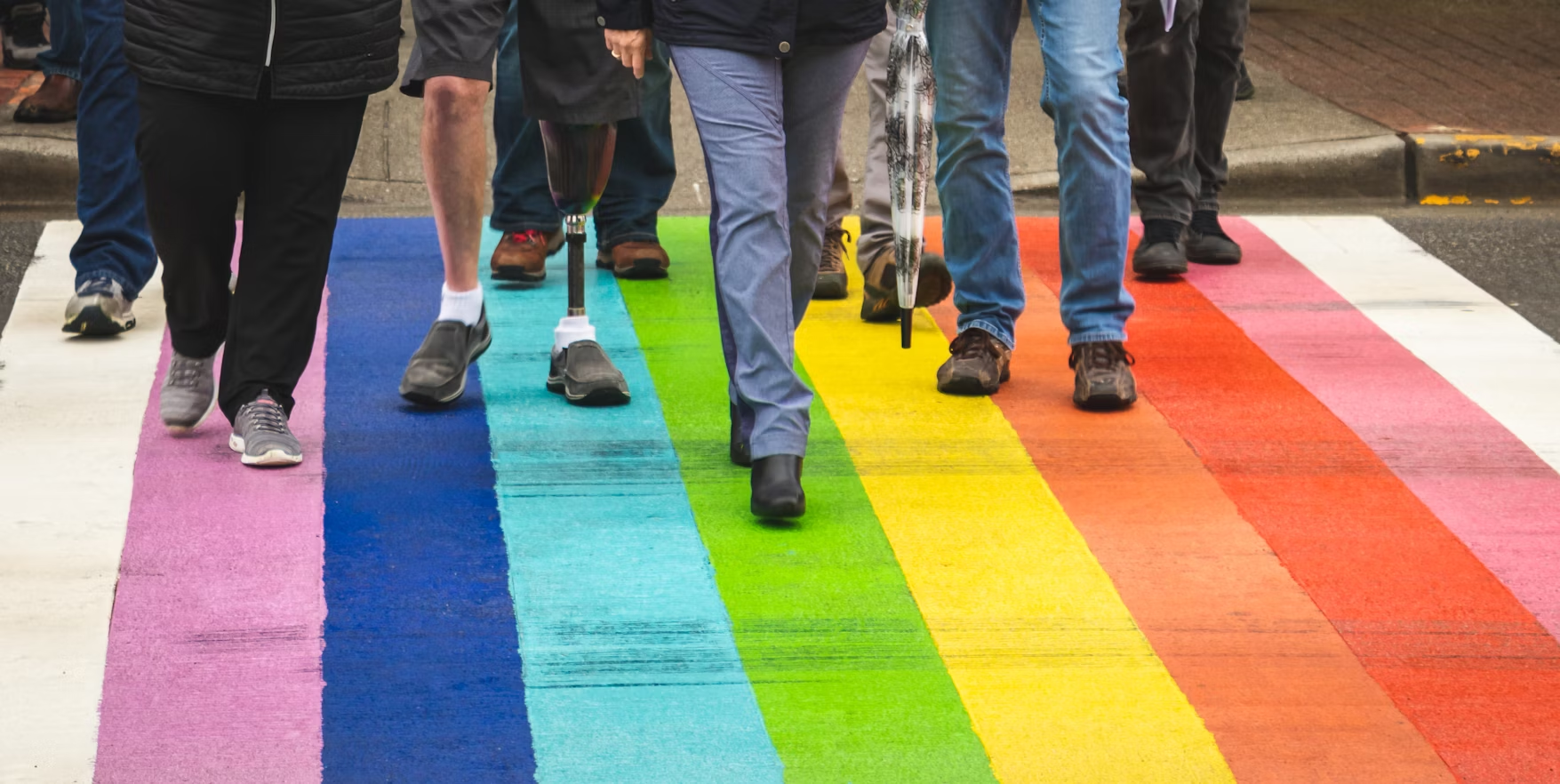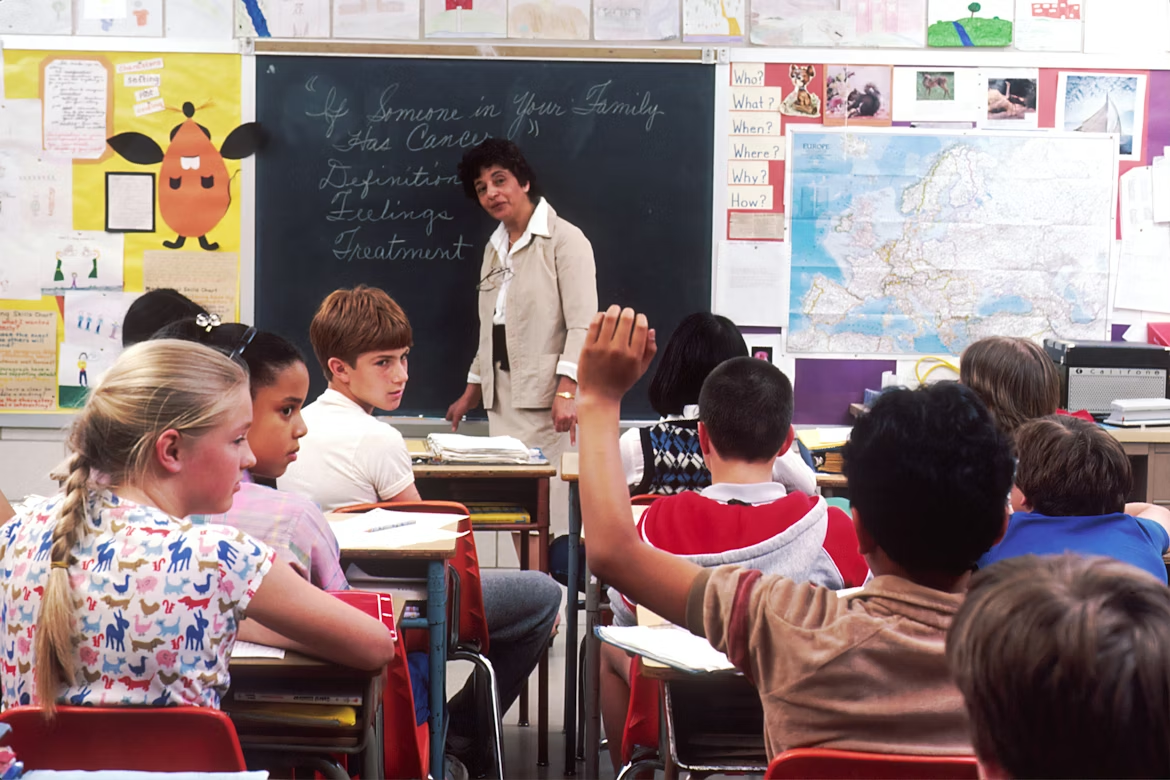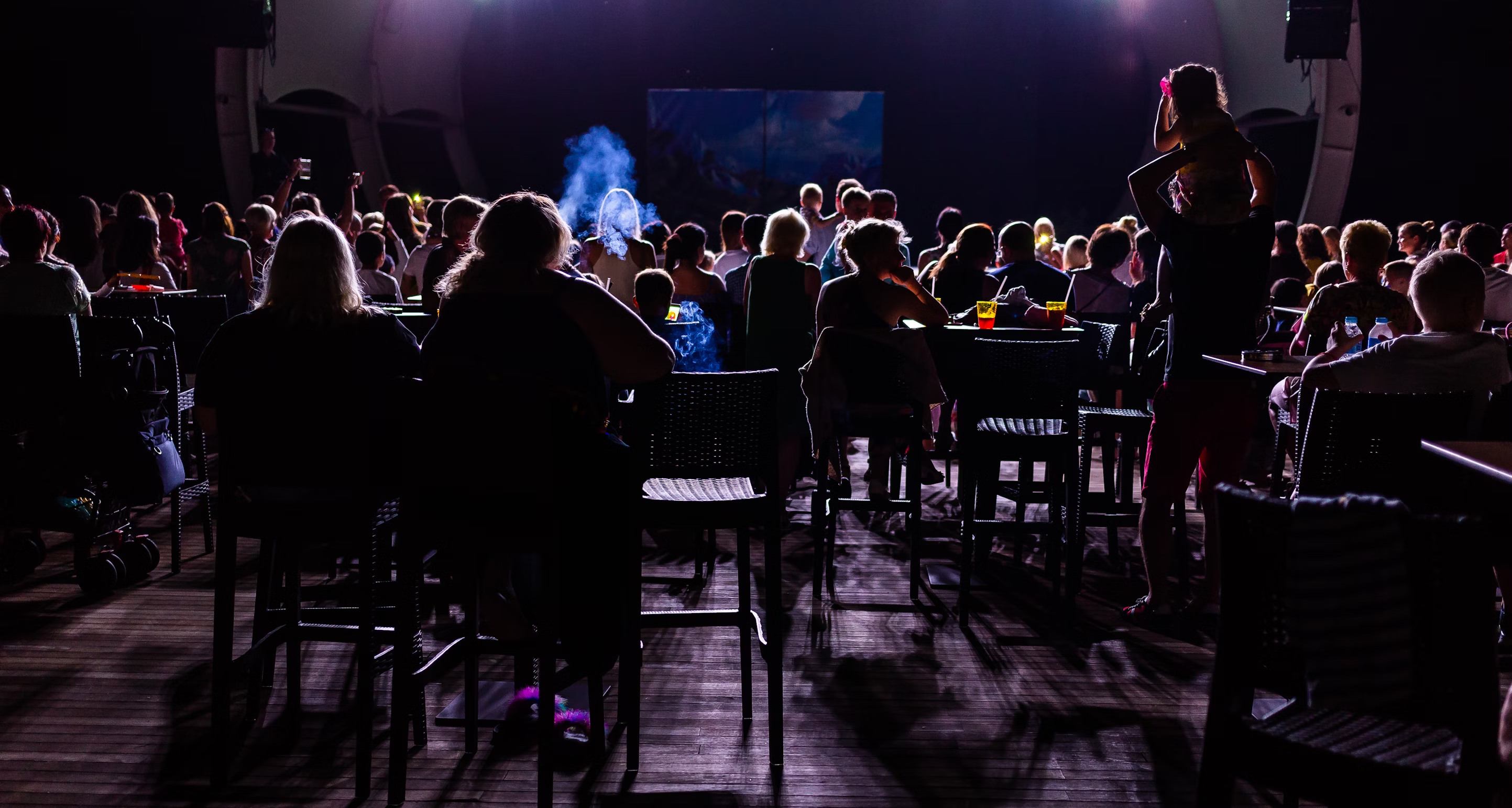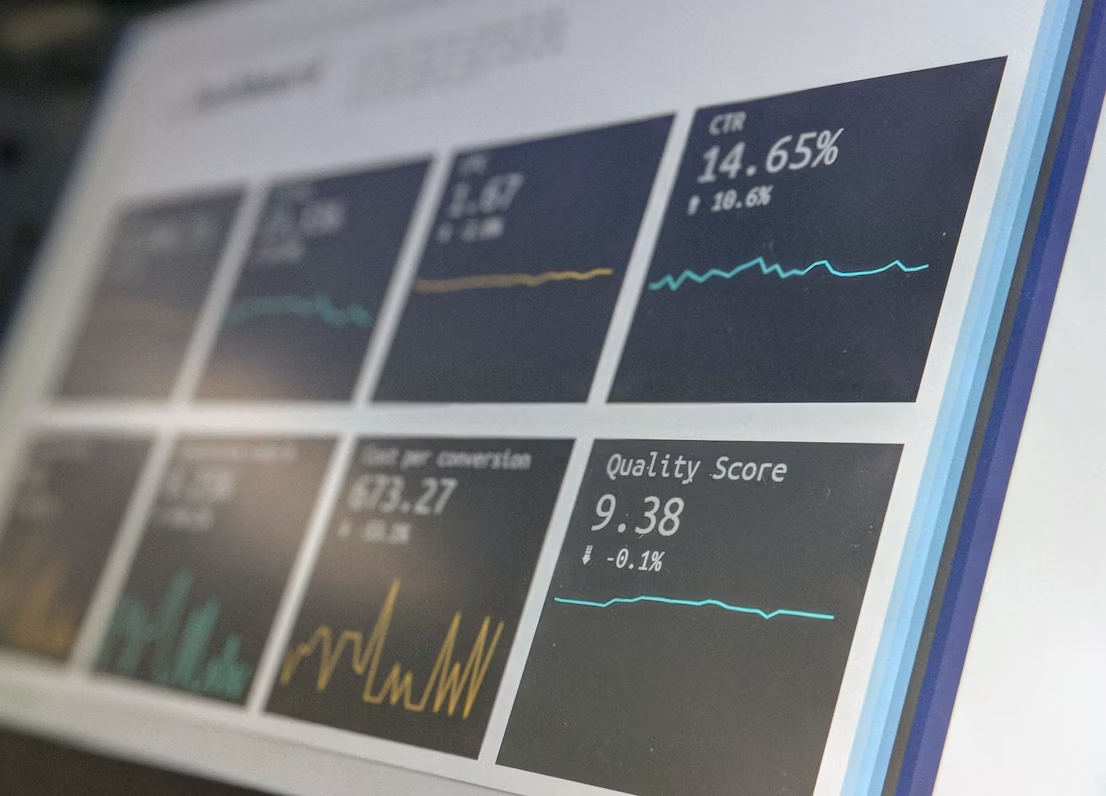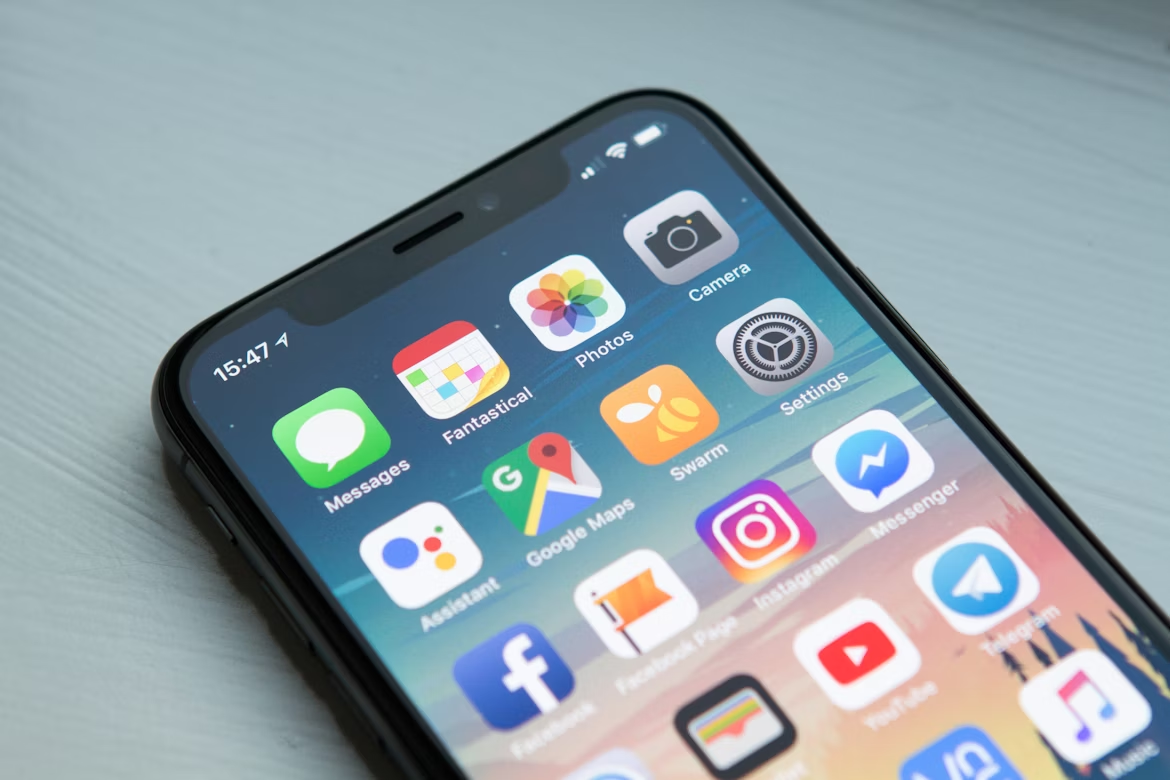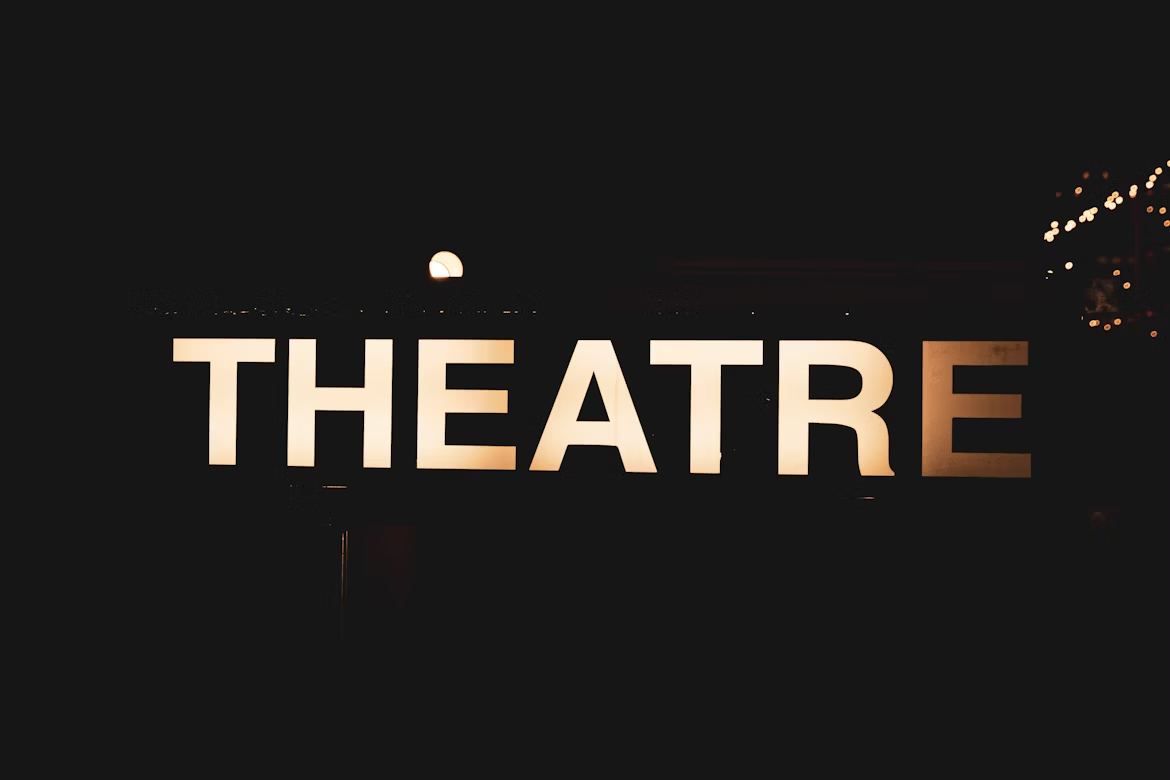Introduction - accessibility is not charity
For many years, accessibility in theatre was framed as a moral responsibility. The message was simple: make performances available for people with disabilities because it is the right thing to do. While that’s true, the conversation often stopped there.
But in today’s theatre economy, accessibility is no longer just about compliance or ethics. It’s also a smart, strategic move that grows audiences, drives ticket sales, and strengthens a theatre’s reputation.
Captioning, surtitles, relaxed performances, and inclusive programming aren’t just add-ons. They are powerful tools that open doors to entirely new audiences. And those audiences don’t just come once - they return, bring friends, and become loyal advocates.
The hidden audience waiting to be reached
If you think accessibility only serves a small niche, consider these numbers:
- 466 million people worldwide experience disabling hearing loss (WHO).
- More than 10% of Europeans regularly attend cultural events in a non-native language.
- In many cities, immigrant communities make up 20-40% of the population.
- Tourists often struggle to engage with performances because of language barriers.
Now imagine your theatre tapping into just a fraction of these groups. Suddenly accessibility isn’t a side project - it’s a revenue stream.
Why audiences choose accessible performances
People attend accessible shows for more than practical reasons. They choose them because:
- They feel welcomed: Inclusive marketing signals, “This theatre is for you.”
- They bring companions: Friends, family, and colleagues often attend alongside those who need accessibility.
- They trust the experience: Once a theatre demonstrates inclusivity, audiences are more likely to return, even for non-accessible performances.
Captioning and surtitles - opening the doors to more than one audience
Captioning and surtitles are two of the most effective tools for theatres today:
- For deaf and hard-of-hearing audiences: Captions make performances possible that would otherwise be inaccessible.
- For language learners: Captions help people who are studying the local language enjoy theatre without feeling lost.
- For immigrant communities: Surtitles in other languages allow entire communities to connect with theatre they might otherwise skip.
- For tourists: A French family visiting London is more likely to buy tickets if they know surtitles are available.
Example: A mid-size theatre in Berlin began offering English surtitles for half its season. Within one year, international ticket sales increased by 40%, and reviews highlighted the theatre’s inclusivity.
Relaxed performances and sensory-friendly programming
Accessibility is not limited to language and hearing. Relaxed performances - with adjusted lighting, reduced noise, and a welcoming attitude toward movement or sound from the audience - open theatre to people with autism, sensory processing challenges, and their families.
The impact?
- Families who often avoid theatre suddenly find a home.
- Word-of-mouth spreads quickly in these communities.
- The theatre becomes known as family-friendly and inclusive.
Case study: A London theatre introduced one relaxed performance per production. These consistently sold out, and demand was so high that they expanded to multiple performances per run.
The financial argument - accessibility pays for itself
The misconception is that accessibility costs money without return. In reality:
- Captioning equipment is an upfront investment, but it pays off by unlocking new audiences season after season.
- Surtitles cost less than a single print campaign, but can attract entire communities of tourists or immigrants.
- Relaxed performances require some staff training, but they bring in families who become loyal patrons.
In many cases, accessible shows sell at higher occupancy than standard ones. Why? Because they serve audiences who are eager for the opportunity and don’t have many alternatives.
How to market accessibility effectively
It’s not enough to provide accessibility - audiences need to know about it. Too often, theatres bury this information in fine print.
Best practices:
- Include accessibility details prominently on show pages.
- Use icons for captioned, surtitled, and relaxed performances.
- Partner with local disability organisations, language schools, and tourism boards to spread the word.
- Share audience testimonials about how accessibility improved their experience.
Tip: Create a dedicated “Accessible Performances” section on your website with easy navigation and clear upcoming dates.
Beyond accessibility - inclusivity as a brand strength
Accessibility initiatives signal more than practical adjustments. They tell the community: this theatre cares.
- Sponsors notice: Brands increasingly want to be associated with inclusivity.
- Funders respond: Many grants and cultural funding programs prioritise accessibility.
- Press coverage improves: Media outlets often highlight innovative accessibility efforts.
Being known as “the inclusive theatre” is a brand position that attracts both audiences and partners.
Practical steps for getting started
For theatres that haven’t embraced accessibility yet, the key is to start small and grow:
- Pilot captioned performances for one production per season.
- Add surtitles for international audiences at tourist-heavy times of year.
- Train staff in accessibility awareness and guest support.
- Create an accessibility marketing toolkit with visuals, show descriptions, and resources.
- Gather feedback from audiences who attend accessible performances to refine the offer.
Common fears - and why they don’t hold up
- “It’s too expensive.”
Equipment costs exist, but return on investment comes quickly. Many theatres secure funding support for accessibility projects. - “It might distract from the show.”
Modern captioning and surtitling technology is discreet and widely accepted by audiences. Most people see it as a benefit, not a distraction. - “There’s not enough demand.”
Demand often goes unseen until you provide the option. Once accessible performances are marketed, uptake is usually strong.
Conclusion - accessibility is the future of audience growth
Accessibility isn’t a side note in modern theatre - it’s central to survival and growth. Captioning, surtitles, and inclusive programming bring in new audiences, boost ticket sales, and build a stronger brand.
By reframing accessibility as a revenue driver, not just a compliance task, theatres can unlock a sustainable model where inclusivity and financial health go hand in hand.
A full house that includes everyone isn’t just ethical. It’s smart business.
